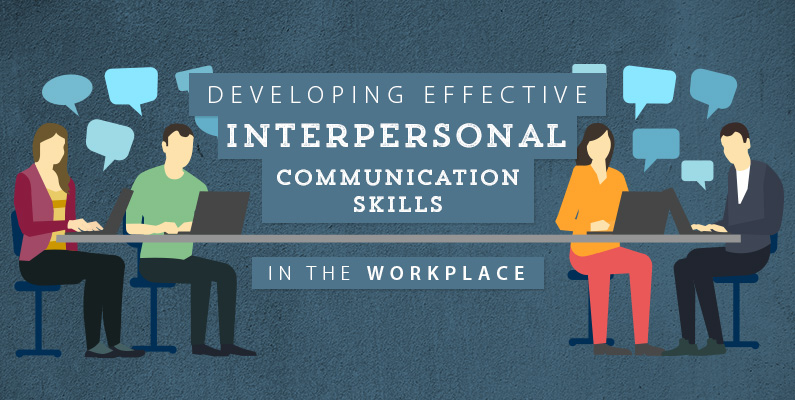Elements of Interpersonal Communication

Face to face communication is crucial for a good relationship. How you communicate with your partner determines how long your relationship will last.
So, unless you hone your communication skills, there will be an environment of constant misunderstanding, which will eventually lead to a break-up.
Similarly, unless there is sound interpersonal communication between you and your investors, your business will stagnate and then fail.
Therefore, explore the post laden with crucial interpersonal communication tips to help you improve and to grow professionally. You need to understand the elements of interpersonal communication to master the art of conversation.
Elements of Interpersonal Communication
1. Communicators
Firstly, interpersonal communication involves at least two people exchanging messages face to face.
So, while one person is talking, the other should be listening while nodding, smiling, responding appropriately to the information conveyed. If you listen to a message without actively giving feedback, you need to improve your interpersonal communication skills.
2. Message
For two people to communicate there must be an exchange of messages or information. The message can be non-verbal or verbal. The emotional attitude you portray can distort or make your message clearer.
3. Feedback
Feedback is an essential interpersonal communication because it portrays what the receiver understood. For example, if you are pitching to a client, you will know that your quotes are reasonable when they acknowledge the presentation with an encouraging nod, a smile, or applause.
Alternately, if they don’t love your presentation, you’ll see them lean back and listen to your pitch passively while operating their phones or other devices.
Also, if the receiver of the message doesn’t understand what you’re presenting, you’ll be asked to clarify. Feedback influences the message sender to pause and repeat or proceed with further communication.
4. Context
Another element of interpersonal communication is the setting; this includes where the discussion is taking place and the relationship between the message sender and receiver. For example, if you’re presenting a project in front of potential investors, you will probably do it in an office.
The office setting will influence communication. If you’re relaying information about your project to your uncle who is also the boss, you need to consider whether you’re in the office or social setting.
In other words, the context affects communication
5. Channel of communication
Channel is the means through which the message is conveyed. For example, during face to face interpersonal communication, you can pass a message through your voice and your eyes. So, the channel of communication affects the interaction.
6. Noise
Noise is anything that disfigures the message. So, if you are relaying a message and you’re using jargons or referring to cultural differences, you are creating noise. Interpersonal communication should flow.
Therefore, you have to communicate efficiently without using unrelated details to your messages and without using difficult words.
Summary
It’s essential to be conscious of your communication because it may determine whether you end up with a contract or not. Observe how you’ve been performing, relaying your message and understand if there is a pattern to you not getting that promotion you think you deserve.
If you realize there is something you’re missing or your communication is not practical, gather information about improving your communication skills.





